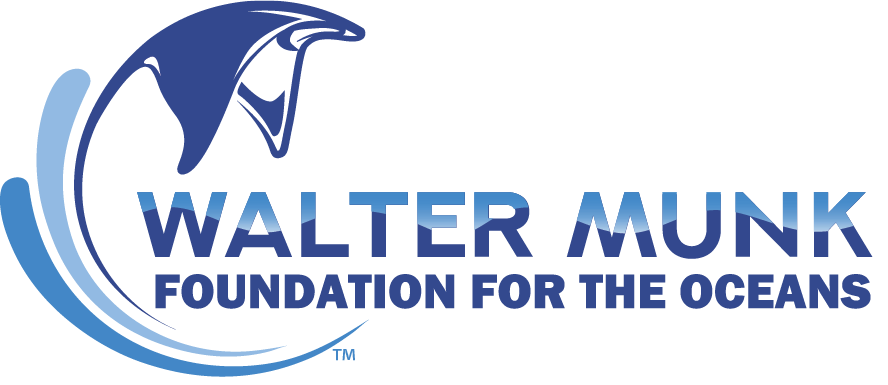Overview of Research at Lake Altaussee
Chris Verlinden, Ph.D
December 8, 2021
During the Lake Altaussee expedition during the summer of 2021, Dr. Verlinden took baseline water-property and acoustic measurements of the lake in order to determine the viability of using the lake as an experimental testbed for the development of water and sediment acoustic inversions (measurement techniques). These measurements included temperature, salinity, and pH measurements; along with acoustic recordings of the sound generated by coring equipment and small boat traffic in the lake. It was determined that this lake presents an ideal environment for validating acoustic propagation models, studying water-sediment acoustic interaction, developing acoustic tomography methods for measuring water properties, and experimenting with new bottom sediment inversion and imaging techniques. These techniques can provide valuable tools for limnologists and oceanographers alike in their study of lake and ocean circulation; and the geophysical acoustic measurement techniques can be used for geological research and oil exploration. The lake geometry is precisely surveyed thanks to efforts by Dr Heine and collaborators, and the bottom properties are well known to an incredible depth. The lake is virtually silent due to the lack of industrial activity in the area, and the water properties are highly variable and dynamic due to approximately diurnal and weather-driven overturning circulation in the lake.
Lakes have always served as essential test beds for developing and validating acoustic sensing methods. Acoustic sensing and communications technology depends greatly on the geoacoustic and water properties of the test environment, so validating these methodologies in an environment with precisely surveyed geometry, water properties, and sediment properties is essential. The Navy conducts acoustics trials in Lake Pend Orielle, Idaho for precisely these reasons. By comparison, Lake Altaussee is smaller and shallower, and therefor not appropriate for all manners of acoustic testing, but it is surveyed with unparalleled precision, including sub-bottom profiling and exquisite coring. In short the geometry of the lake and the composition of the lake bottom is known to unmatched precision, which make it possible to test certain acoustic sensing methodologies, and validate certain aspects of acoustic propagation models more effectively than anywhere else on earth.
As part of the Lake Altaussee expedition in the summer of 2021, researchers took nearly 100 water samples, which include full- depth profiles of temperature, salinity, O2, and pH. These water samples revealed a diurnal overturning circulation believed to be due to approximately daily shifts in wind direction which occur in the afternoon. The wind drives surface water to one side of the lake or the other, which causes cold water to upwell on the opposite side of the lake, not unlike what occurs in the ocean. Researchers also made acoustic measurements of boat traffic in the lake, along with measurements at multiple distances from the coring operations in order to validate an acoustic propagation model, and evaluate the viability of using the noise generated by the vessels and coring equipment as acoustic sources of opportunity for environmental inversions. It was determined that the noise from vessels will likely be an appropriate acoustic source for conducting inversions used to estimate water properties. Source of opportunity, acoustic water property inversions are a topic of intense interest in the oceanographic community right now, and Lake Altaussee might provide the perfect controlled experiment environment for testing these techniques. The sound generated by the coring will likely be an effective source for geoacoustic inversions for sediment profiles. Acoustic recordings obtained during the 2021 expedition revealed the presence of what appears to be head waves propagating through the sediment during coring operations. If this is true, it means significant acoustic energy is transferred from the core into the bottom, then propagating great distances through the sediment. The speed of sound in sediment is dependent on density, and material bulk modulus of the material. This means the arrival structure of these head waves on a series of acoustic recorders can be used to estimate sediment properties including grain size and density. It also may be possible to measure layers of sediment using these geoacoustic transmissions. It is only possible to test these techniques in an environment where “ground truth” data exists, and the geological surveys conducted as part of this research effort make lake Altaussee the perfect place to test these theories. If these measurement techniques are successfully developed the impact will be measurement systems which can be used to measure circulation in lakes and oceans all over the world for applications like determining the residence times of contaminants and measuring the effects of climate change. The geoacoustic inversion techniques can be used for everything from geological surveys to oil exploration.
It is appropriate and perhaps poetic that this work is being done at Lake Altaussee, Austria; the hometown of Dr. Walter Munk, who was the creator of the field of ocean acoustic tomography, and the entire discipline of subsequent ocean environmental inversion techniques which resulted from his work. The Altaussee project may provide the perfect test bed for advancing these acoustic measurement techniques, and validating acoustic propagation models; a perfect legacy for the home of Walter Munk.
